What is luster?
1 Answer
Generally when a mineral's surface reflects light we say that it has luster.
Explanation:
Before we look at specific minerals let’s explore what exactly we mean when we say something "has luster".
When it comes to minerals there are two major types of luster: metallic and nonmetallic.
--
First, we have metallic luster (we refer to these as the metallic minerals). The minerals that we say have metallic luster are opaque (you can't see through them) and shiny. A good example of a mineral that has metallic luster is gold.
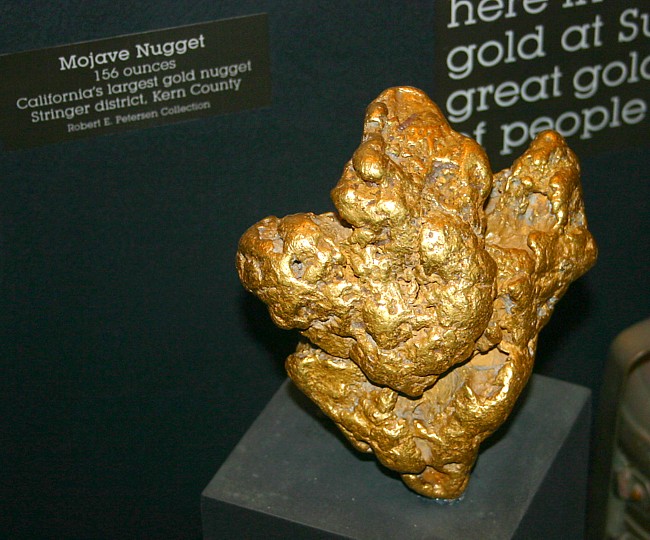
Gold nugget.
Courtesy of: Chris Ralph; Obtained from:  Public Domain
Public Domain
The metallic minerals have one subcategory which we call submetallic minerals they exhibit submetallic luster. These minerals look like metals however due to weathering and corrosion they’ve become dull or less reflective, cinnabar is a good example of submetallic luster.
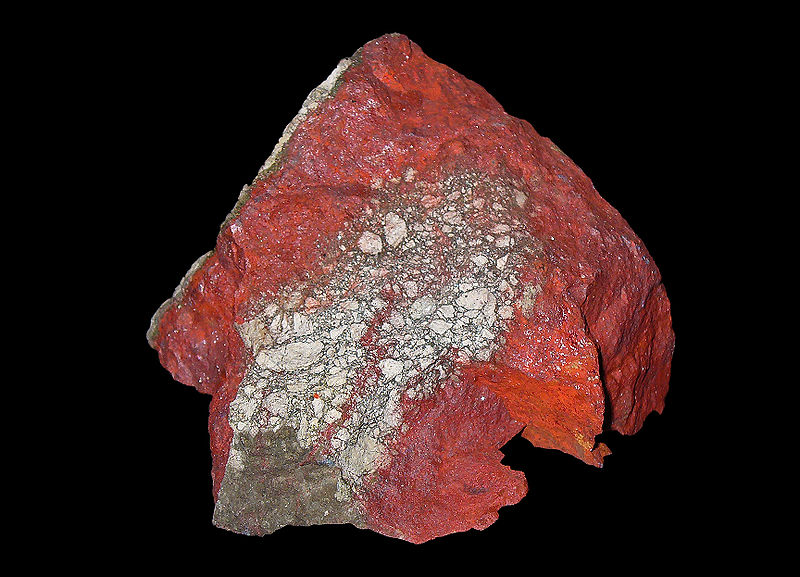
Cinnabar
Courtesy of: H. Zell (Wikipedia User); Obtained from:  Reused under: CC BY-SA 3.0
Reused under: CC BY-SA 3.0
--
The second type of luster is nonmetallic luster (we call these minerals the nonmetallic minerals). Minerals that have nonmetallic luster, unlike their metallic counterparts, don't look like metals. Since nonmetallic minerals don't look like metals identifying them is a little less straightforward than identifying a metallic mineral. Lucky for us though scientists have divided the nonmetallic minerals into four subcategories. Without further ado, the three subcategories:
Adamantine (or Diamondlike) this first subcategory is probably the most well-known. We say that a mineral is adamantine when it has brilliance (the light it reflects appears really bright) and shine. They can be transparent or translucent (some light can pass through them but you can't see through them). Adamantine minerals are typically found at jewelry stores, a diamond is a good example.
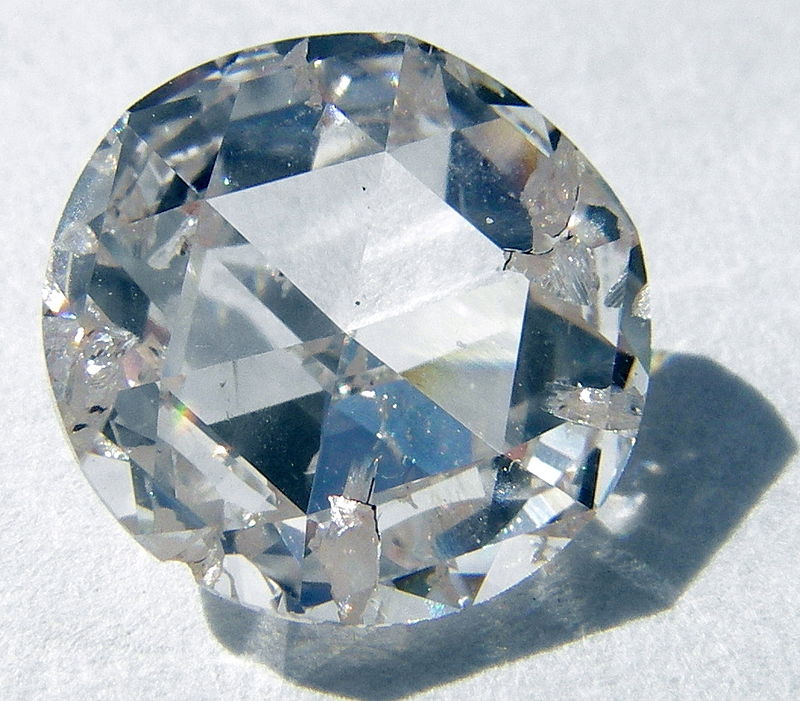
Diamond
Courtesy of: Steve Jurvetson; Obtained from:  Reused under: CC BY 2.0
Reused under: CC BY 2.0
Minerals in the second subcategory, Dull (or Earthy) luster, can be tricky to identify. Minerals that we describe as having a dull luster reflect light poorly (you'll probably have pick up the mineral, put it under bright light, and take a close look to see that it does indeed reflect some light) and have a porous and coarse surface. A good example of a mineral with dull luster is a type of clay called kaolinite.
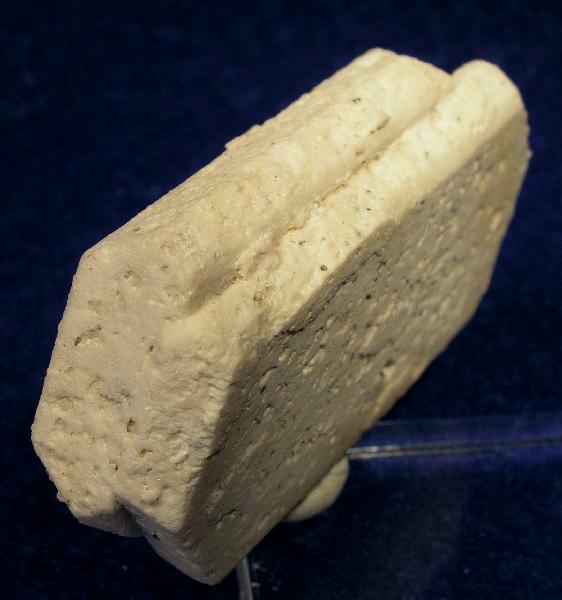
Kaolinite
Courtesy of: Rob Lavinsky; Obtained from:  Reused under: CC BY-SA 3.0
Reused under: CC BY-SA 3.0
Vitreous luster, our third subcategory, is probably the most common type of luster. Vitreous means "glass-like", and like glass these minerals don't reflect vivid light like the minerals in the adamantine subcategory. Minerals that have vitreous luster can be transparent or translucent. Quartz is a great example of a mineral that has vitreous luster.
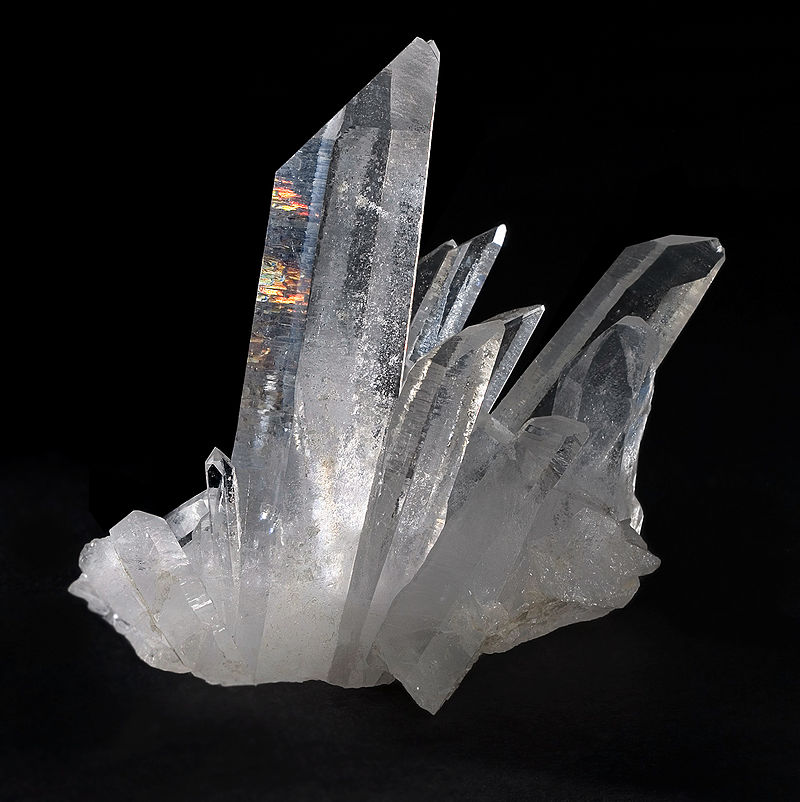
Quartz
Courtesy of: JJ Harrison; Obtained from:  Reused under: CC BY-SA 2.5
Reused under: CC BY-SA 2.5
Our fourth and final subcategory of nonmetallic minerals displays what we call Greasy luster. Minerals that are categorized as greasy luster minerals look like they've been coated in grease or oil and can feel "greasy" (or really smooth, almost slippery) when touched. Opal is probably one of the more common examples of a mineral with greasy luster.
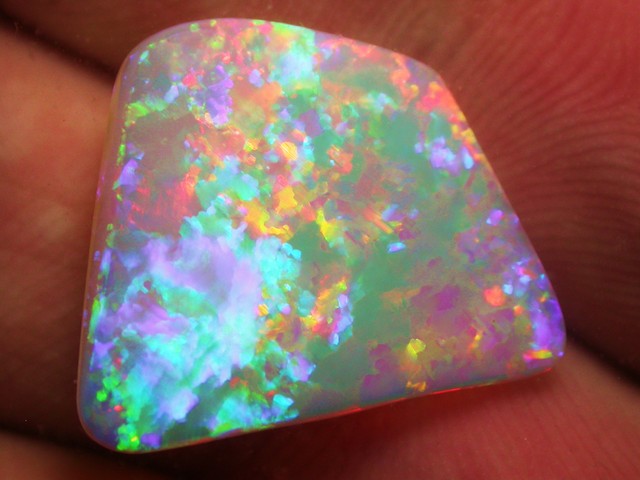
Opal
Courtesy of: Daniel Mekis; Obtained from:  Reused under: CC BY-SA 3.0
Reused under: CC BY-SA 3.0
I hope this helped!


